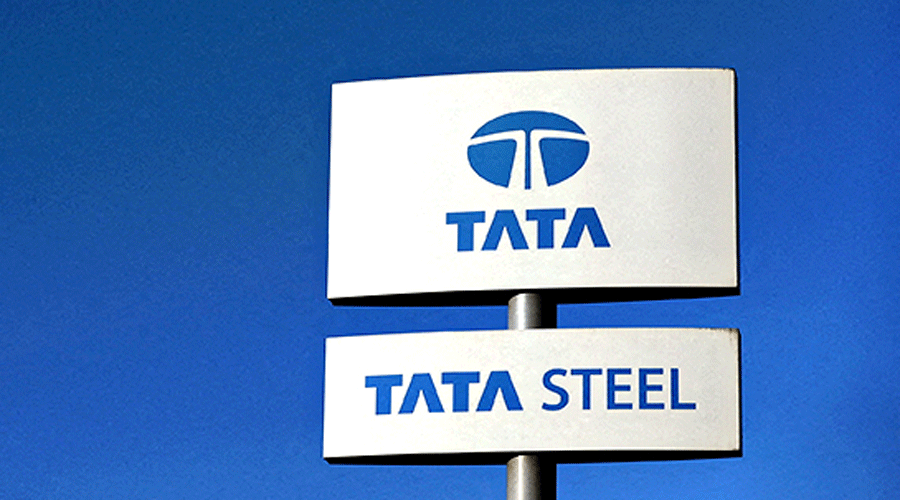Tata Steel has started injecting hydrogen on an unprecedented scale inside a blast furnace in Jamshedpur, throwing the spotlight on the company’s decarbonisation journey in India.
The trial run at Blast Furnace E can potentially bring down the coke rate 10 per cent and cut carbon emission 7-10 per cent. Tata Steel has set an ambitious target to reach net zero by 2045, years ahead of India’s commitment to reach that stage in 2070.
Hydrogen is being used as a reducing agent in the BF, replacing metallurgical coking coal and for the trial run, the company is sourcing the gas from a vendor.
Tata Steel said the process would throw up valuable insights on the use hydrogen on an industrial scale.
In the recent past, the company has taken steps to decarbonise the European business, especially the Ijmuiden operation in the Netherlands while awaiting a support package from the UK government for the Port Talbot plant in Wales. In India, Tata Steel’s efforts are becoming visible gradually.
The trial run spanning over four-five days started on Sunday. At 40 per cent of the injection system, it is the first time in the world that such a large quantity of hydrogen is being continuously injected inside a blast furnace, Tata Steel said in a statement.
The successful completion of the trial will demonstrate Tata Steel’s capability to design, fabricate and commission the injection system; develop and establish necessary general and process safety protocols; and provide process control insight for pure hydrogen injection into the blast furnace, the statement added.
“The trial of hydrogen gas injection in a blast furnace at Jamshedpur Works is an important milestone in our journey towards net zero emissions. As we explore the potential of greener fuel injectants, we are excited to see the impact it can have on reducing fossil fuel consumption and CO2 emissions,” said Uttam Singh, vice-president, iron making, Tata Steel.
“We are confident that this trial will provide valuable insights into operating blast furnaces with hydrogen and help us identify the next steps towards achieving our goal of a leaner carbon future,” Singh said.
In its pursuit of decarbonisation, Tata Steel has adopted a two-pronged approach of Carbon Direct Avoidance (CDA) and CO2 Capture and Use. The trial injection of hydrogen gas is part of the CDA approach, focussing on the blast furnace, one of the heaviest known industrial contributors to CO2 emissions worldwide.
While the trial addresses the part of injecting hydrogen in a BF, the issue which is vexing steelmakers around the world is the production of ‘‘green’’ hydrogen at an affordable cost on a sustained basis. Using thermal power instead of renewable energy to produce hydrogen will only serve a limited purpose in decarbonisation.
Many steelmakers are seeking government aid to bear the cost of decarbonisation in part as the customers are still not ready to pay extra for green steel.










